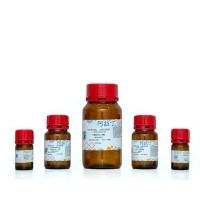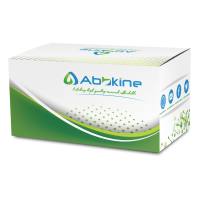Formation of Apolipoprotein AI-AII Heterodimers by Oxidation of High-Density Lipoprotein
互联网
564
Uptake of oxidized low-density lipoprotein (LDL) by scavenger receptors allows cholesterol to be accumulated in an unregulated fashion by cells in the artery wall, an event considered pivotal to the formation of atherosclerotic plaques (1 ). High-density lipoprotein particles (HDL) are believed to protect against atherosclerosis in part by removing excess cholesterol from the artery wall (2 ). HDL, however, is itself susceptible to oxidation by numerous in vitro methods to an extent equal to, or greater than, LDL (reviewed in ref. 3 ). In vitro oxidation of HDL by peroxidase-generated tyrosyl radical (“tyrosylated HDL”), one mechanism of phagocyte-mediated oxidation (4 ), results in a markedly enhanced ability of HDL to promote the mobilization of cholesterol from a variety of cultured cells (5 –7 ). If occurring in vivo, this oxidative modification of HDL may actually enhance its ability to protect against atherosclerosis.









